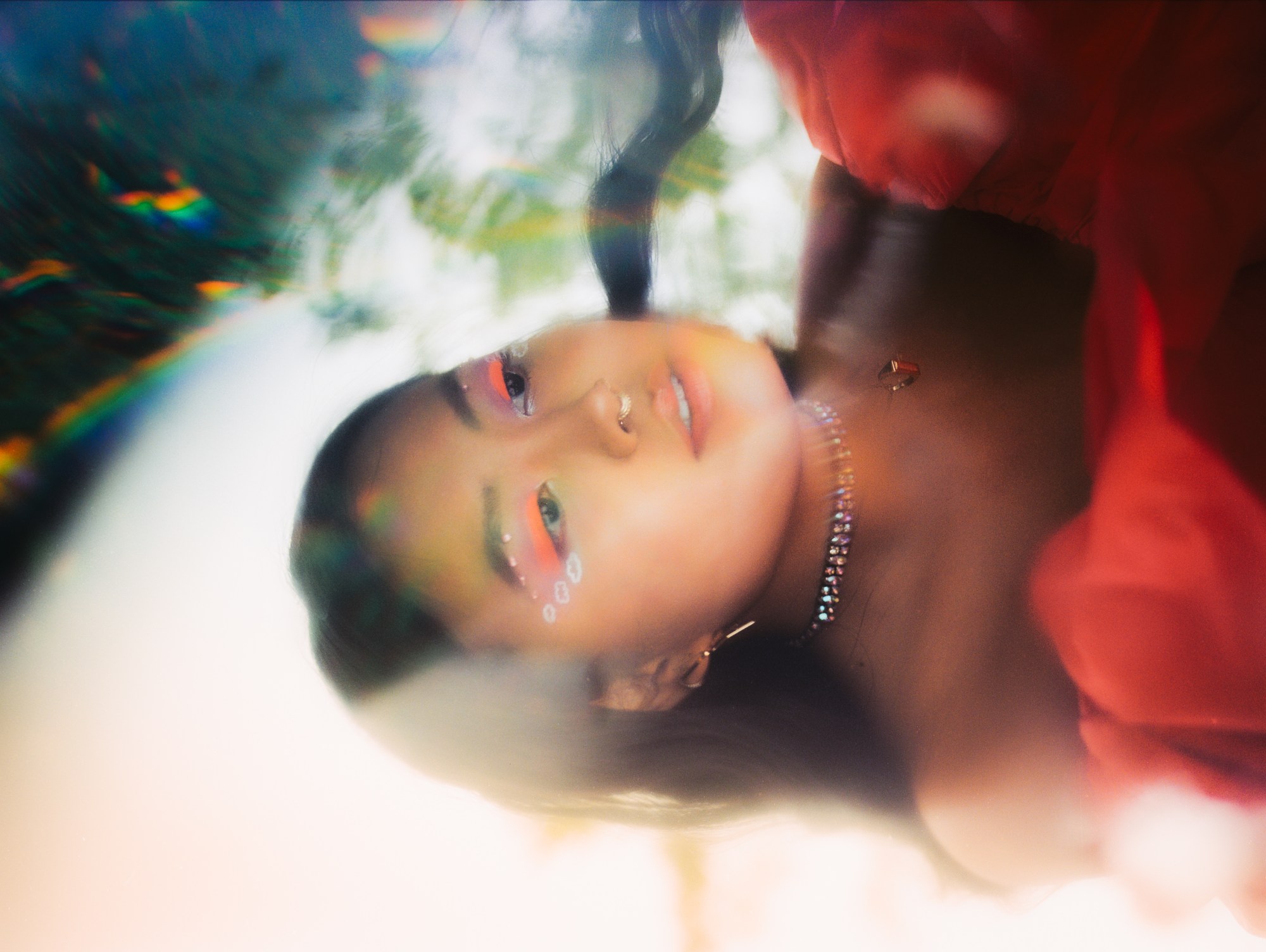“Healing Arts” is a series exploring self-love as a creative practice. In honor of #MentalHealthAwarenessMonth we asked four voices at the intersection of healing and creativity to share their stories each week in May.
Content warning: this essay includes descriptions of depression, anxiety, and various forms of trauma. Please utilize the resources at the bottom if you feel activated after reading.
I was kneeling in front of a mirror placed on my altar, hand over heart while rocking my body back and forth. I’d just celebrated another solar return and I was looking into a renewed reflection. Lovers from different chapters in my life from Texas, LA, and NYC gathered over a Zoom birthday I organized— “an experience led by magic,” I described in the invite.
We went around a virtual circle and shared what we’re calling into our lives, sending affirming energy through our screens, sealed with words inspired by Octavia Butler’s practice of manifestation: “And so it shall be.” During this collective practice of envisioning our futures, my friends poured their care into me through spells and affirmations. Friendship often feels like a mirror—loved ones become a lens through which to meet yourself at a different angle.
“What you embody and personify is like a disco ball. You reflect people in ways they want to be seen.”
“You are a magical, magical person. You shine a light everywhere you go.”
“There aren’t a lot of people that allow themselves to be as vulnerable as you. You’re reaching out to a lot of people with what you do and I want that energy to make its way back to you. I want to see you win.”
It was hard for me to receive this love without protest and at the same time, these expressions of care were a healing balm to my bruised soul. Trauma specialist Resmaa Menakem teaches how the ways pain is stored in the body. Healing justice practitioner Annaleise Singh creates exercises to identify and transform internalized oppression. As tears exited my swaying body, I released layers of shame, smallness, and insecurity I’ve carried with me through decades of living in this racialized, socialized, gendered body.
Rituals of release like emoting with mirror meditations help me tap deeper into my magic—my unique source of aliveness. It’s through these feelings that I engage in acts of healing.
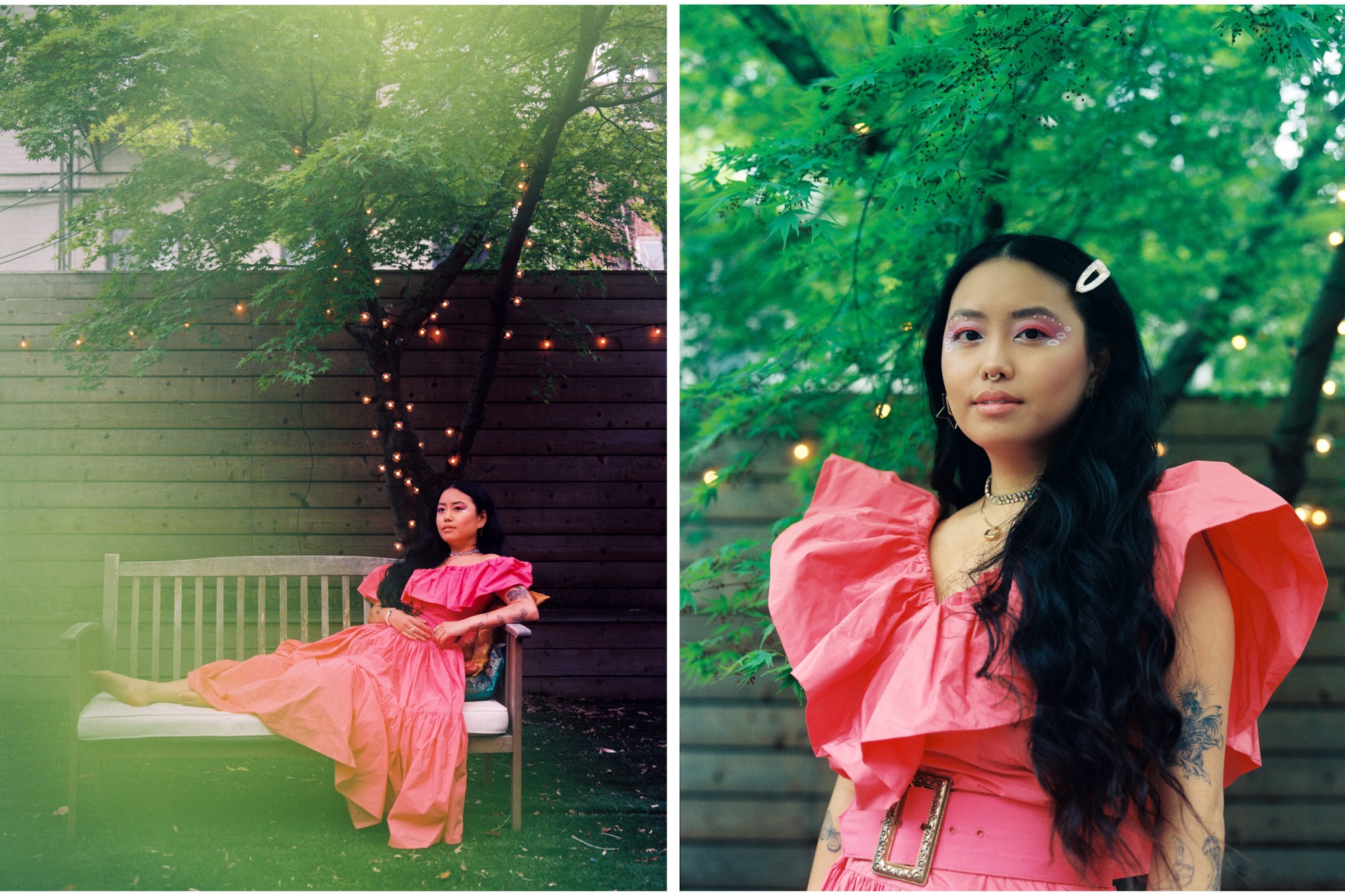
Since age seven, I’ve experienced chronic anxiety, depression, and sensory sensitivity. Some of this is genetic, born into a family with untreated PTSD, bipolar disorder, and addiction. Some of it is ancestral. A concept called han from South Korean culture describes an intergenerational trauma of sorts, a deep-seated suffering and stifled rage from a history of imperialism and war that runs through Korean heritage. Some of it is socialized, the impact of growing up as a closeted, queer femme in the suburbs of Georgia.
Whatever the combination, my symptoms have shown up in forms of self-harm, an inability to maintain friendships until my mid-twenties, panic attacks, life-ending thoughts, difficulty following through on promises I make to myself and others, social masking leading to burnout, and irregular moods spiraling into periods of isolation.
When I was first diagnosed with MDD, GAD, and ADHD in Spring of 2018, the biggest dose of hope came from learning a framework of language to get to know myself through. “So…I’m not crazy for feeling this way? I’m not wrong for thinking these thoughts? There’s something I can do to help me feel more alive?” As a writer and amateur researcher, I took these conditions and wrapped them around me like a cape. If I was going to be sensitive, moody, and hyper-actively empathetic, I’d tap into these traits as my superpowers.
It was also important to me that I shared my learnings in real-time, as much as I could. I saw the gifts in being able to access a therapist through my current workplace healthcare benefits, with $25 co-pays per weekly session. I understood the access in having a job that allowed me to afford a $500 soul retrieval session from a shaman I found through a friend, $100 a month for herbal supplements as I transitioned off antidepressants and Adderall, $135 for acupuncture, hundreds of dollars in books related to mental health and spiritual healing, and thousands of dollars for courses related to meditation, life alignment, breathwork, and conscious communication. I began a series on Instagram TV called On My Mind Mondays with topics like “5 Lies Depression Tells Us” and “10 Ways to Find Focus With ADHD.” I’ve since stopped recording the series, but the episodes were a way of archiving my process of healing and transformation. Even now as a self-employed entrepreneur, much of my income outside my living expenses, student loan repayments, and mutual aid distribution goes toward investments into my health and well-being.
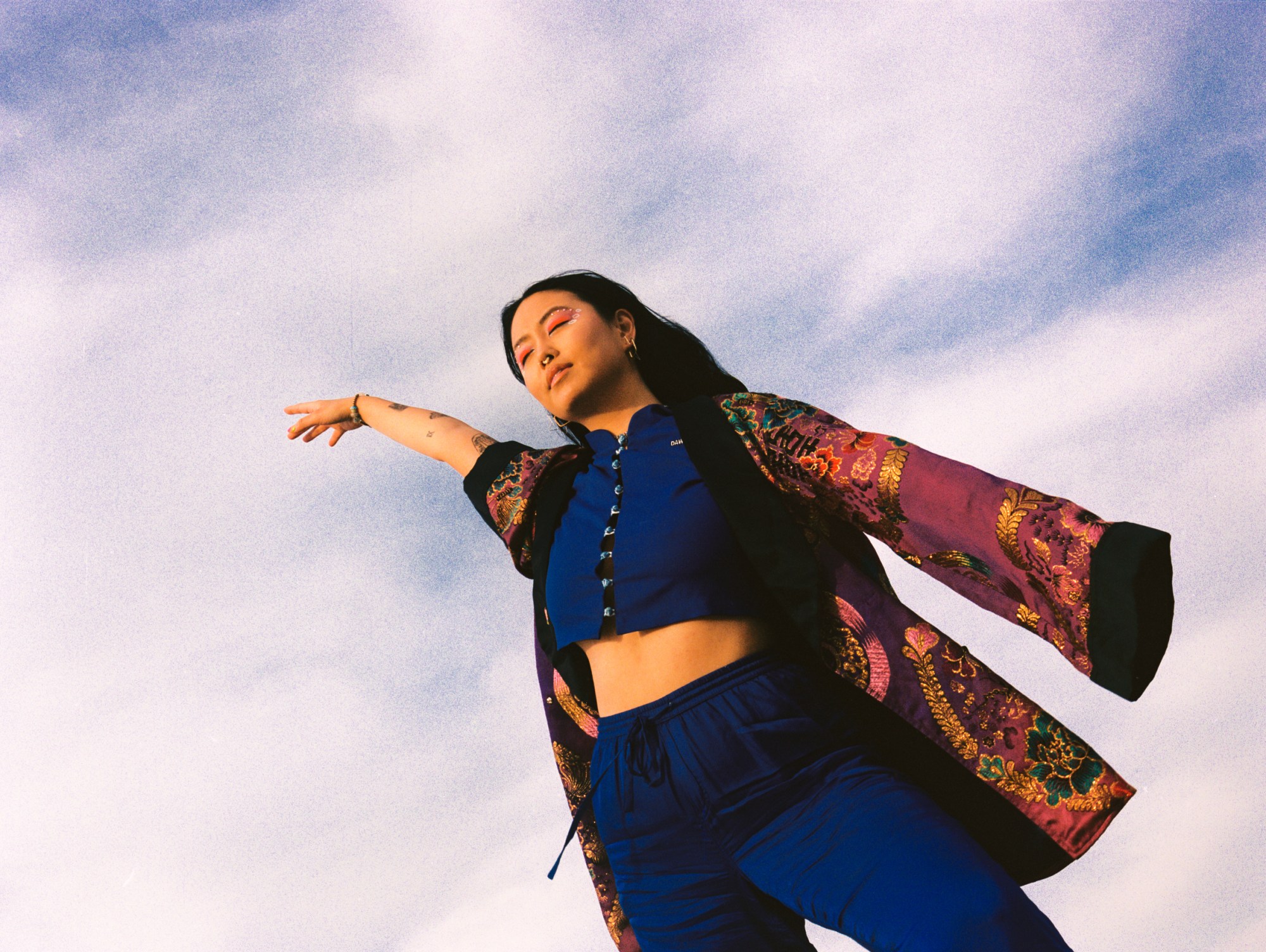
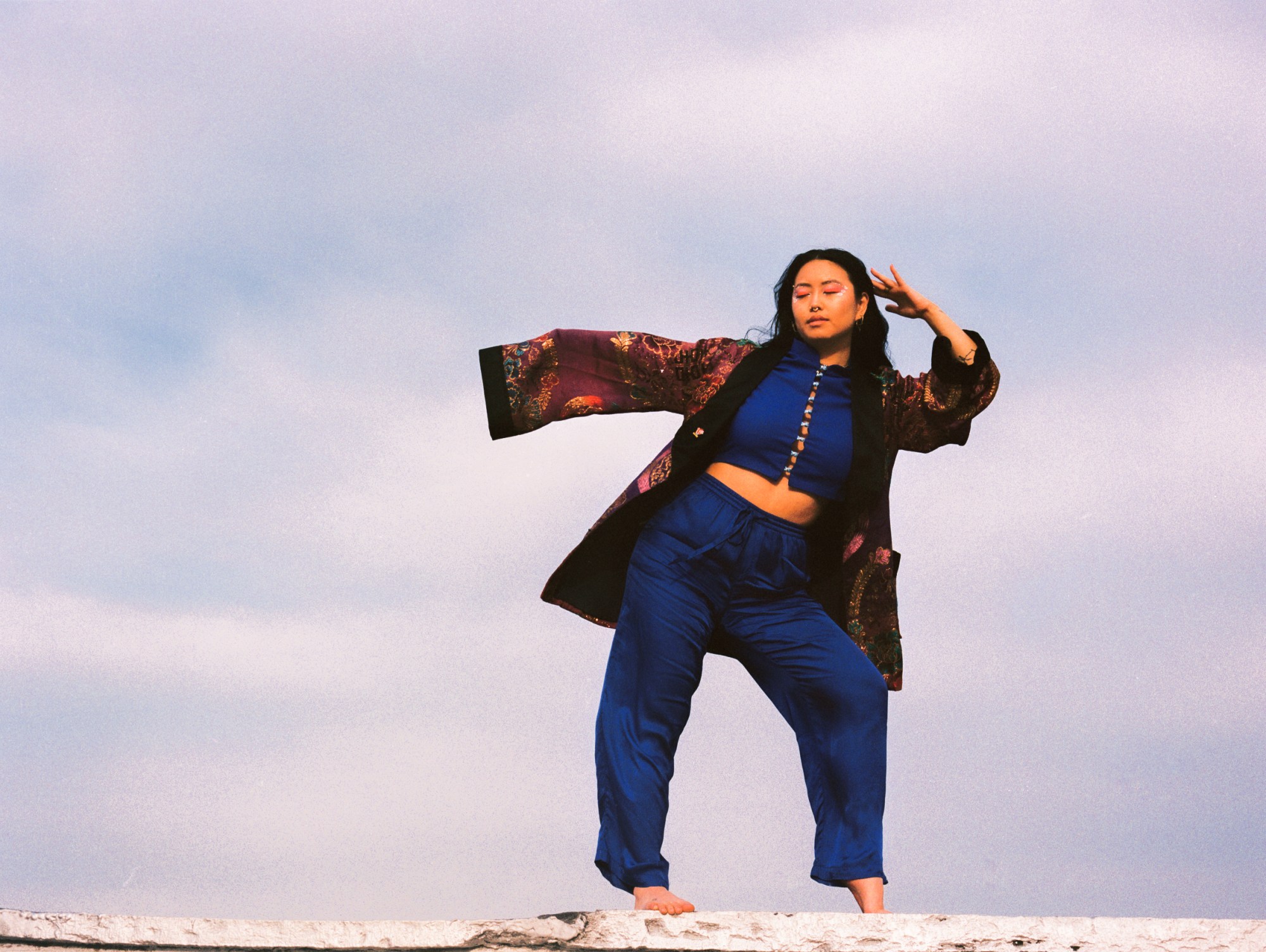
Language has been my lifeline— the main road I take to access my magic. Every time I discover new frameworks, I try them on as a way to make more sense of my experiences. I felt a snug fit while reading Judith Orloff’s The Empath’s Survival Guide: Life Strategies for Sensitive People, Elaine Aron’s The Highly Sensitive Person, and Melody Beattie’s Codependent No More. Shakti Gawain’s Creative Visualization felt like another empowering fit. As I’m developing my spiritual practices, energy worker Maryam Hasnaa’s use of descriptors like “extrasensory,” “energetic sovereignty,” and “home frequency” feels fitting. Recently, the Instagram accounts of autistic peer counselor Sonny Jane and writer Tee are helping me to understand my relationship to sensory information through an autistic framework.
Through all this, I remind myself that language is a paintbrush, not the whole painting. Embodiment and somatic practices have taught me to go beyond intellectualizing healing, to liberate with my body and not just my mind. All of this language helps me release limitations, expand into my bigness, and care for the light within me to create a more loving lens through which I experience the world.
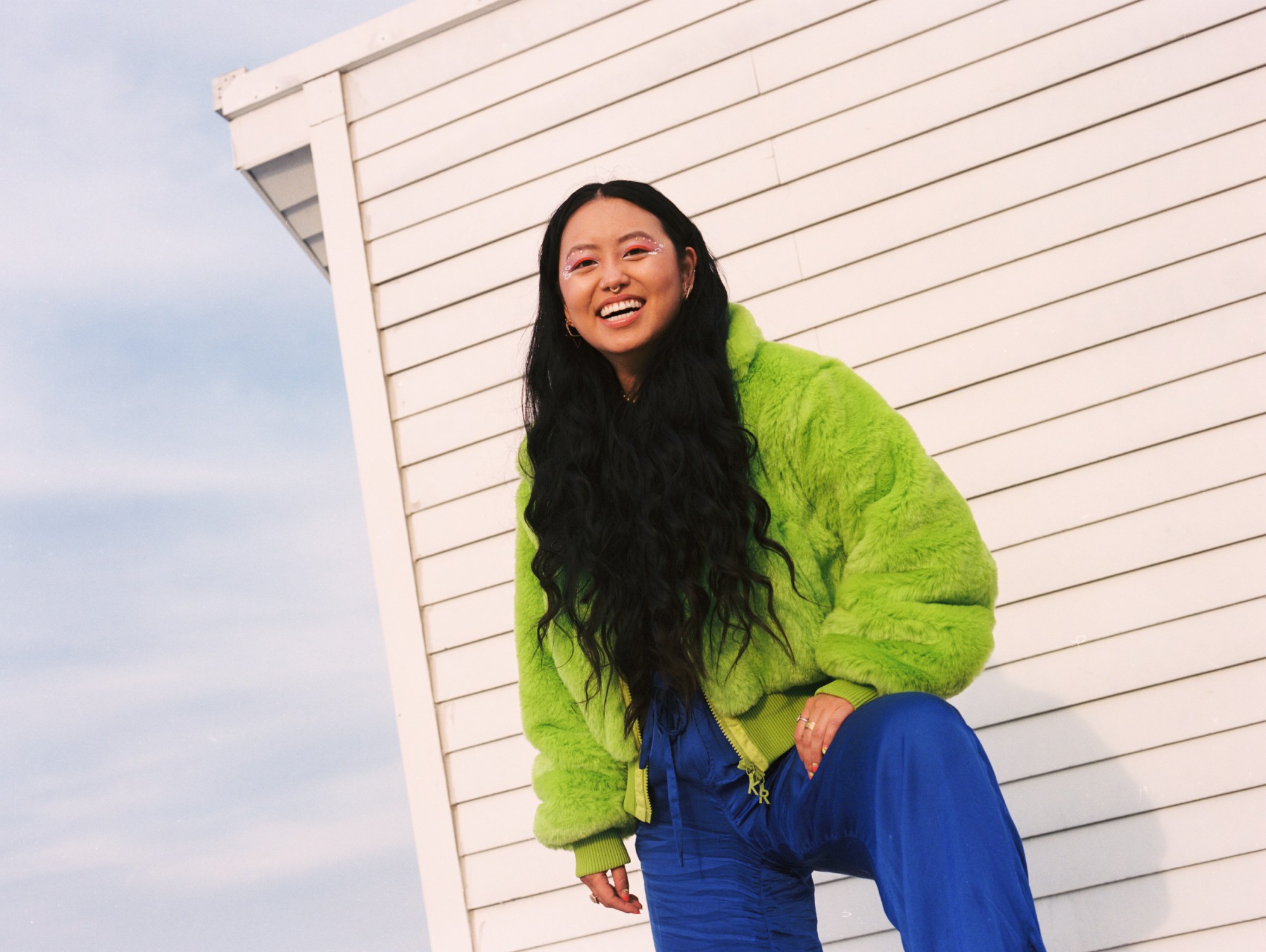
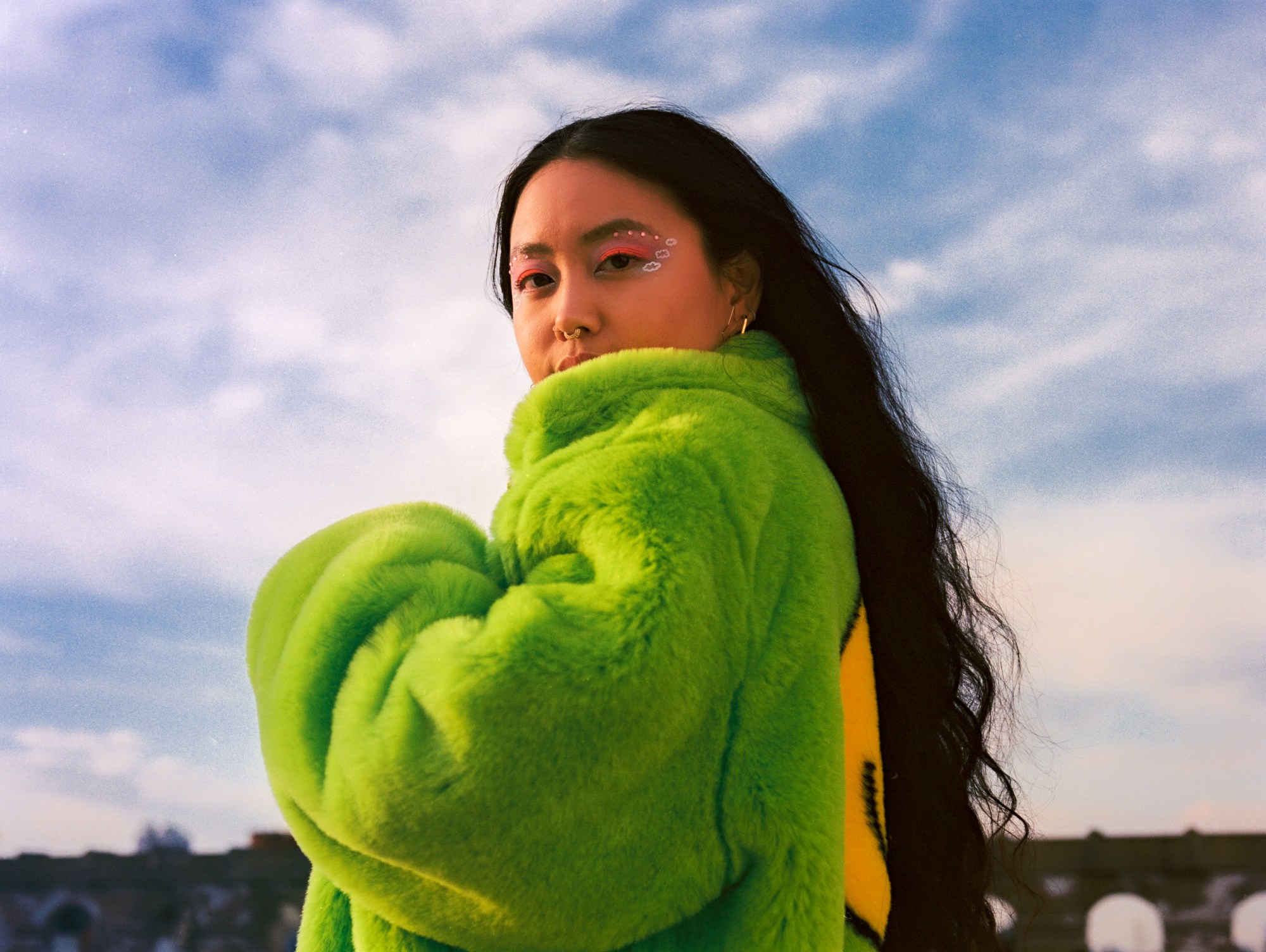
I didn’t always understand this, but I have been in pursuit of my magic since the day I was born. As a child of Korean migrants, born into a family of artists, survivors, and caretakers, and as a neurodivergent creative, survival has become an experimental art form.
Healing is a non-linear, layered process. It’s not a one-time event, a destination to reach. I show up for the practice through my magic. My hands are my wands and my words are my spells. My makeup, jewelry, and clothing are adornments on my body. My herbs and plant-based supplements are my potions. The workshops I facilitate and spaces I curate are portals for new possibilities. My writing and performances are my craft. My communities are my covens.
Here’s my wish for anyone reading this, navigating their own journey of healing. May we all continue sourcing, sharing, and feeling into our magic. May we continue healing what’s within to heal what’s around us. May we all find ways to feel less alone and more alive.

RESOURCES FOR MENTAL HEALTH SUPPORT AND EMBODIED WELL-BEING:
API+ Mental Health Resources:
A list of resources, collectives, and therapist locators for Asian Pacific Islanders
The Cosmos: A care collective for Asian women
LGBTQIA+ Mental Health Resources:
National Queer and Trans Therapists of Color Network
The Trevor Project: Trained counselors offering 24/7 support for LGBTQ+ youth
NAMI: Risk factors, resources, and steps to find a mental health professional as a LGBTQI+
Self-reflection Guides:
Reading resources for API+ identity development curated by Jezz Chung
A boundary-setting communication guide for highly sensitive folks by Jezz Chung
Courses, Workshops, and Drop-in Health & Healing Classes:
Ethel’s Club, a social and wellness club for BIPOC with weekly sessions from community leaders, creative entrepreneurs, and well-being practitioners
New Earth Mystery School— trainings and support for highly sensitives by energy worker Maryam Hasnaa
Decolonizing the Body— a 7-week program for women of color by somatic practitioner Kelsey Blackwell
Breathwork Sessions with Wolf Medicine Magic
Virtual drop-in breathwork classes from Sunday – Saturday with Frequency
Jezz Chung (she/they) is on a mission to build equity through conscious creative expression. She combines what she calls “tools of magic” through the context of racial trauma to tap into our Self-healing powers. They are currently writing their debut book. They share their process of conscious creation and emotional liberation @jezzchung across social media.
